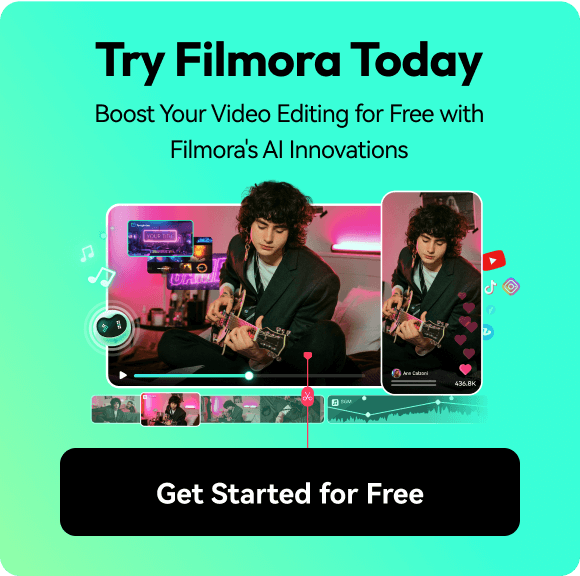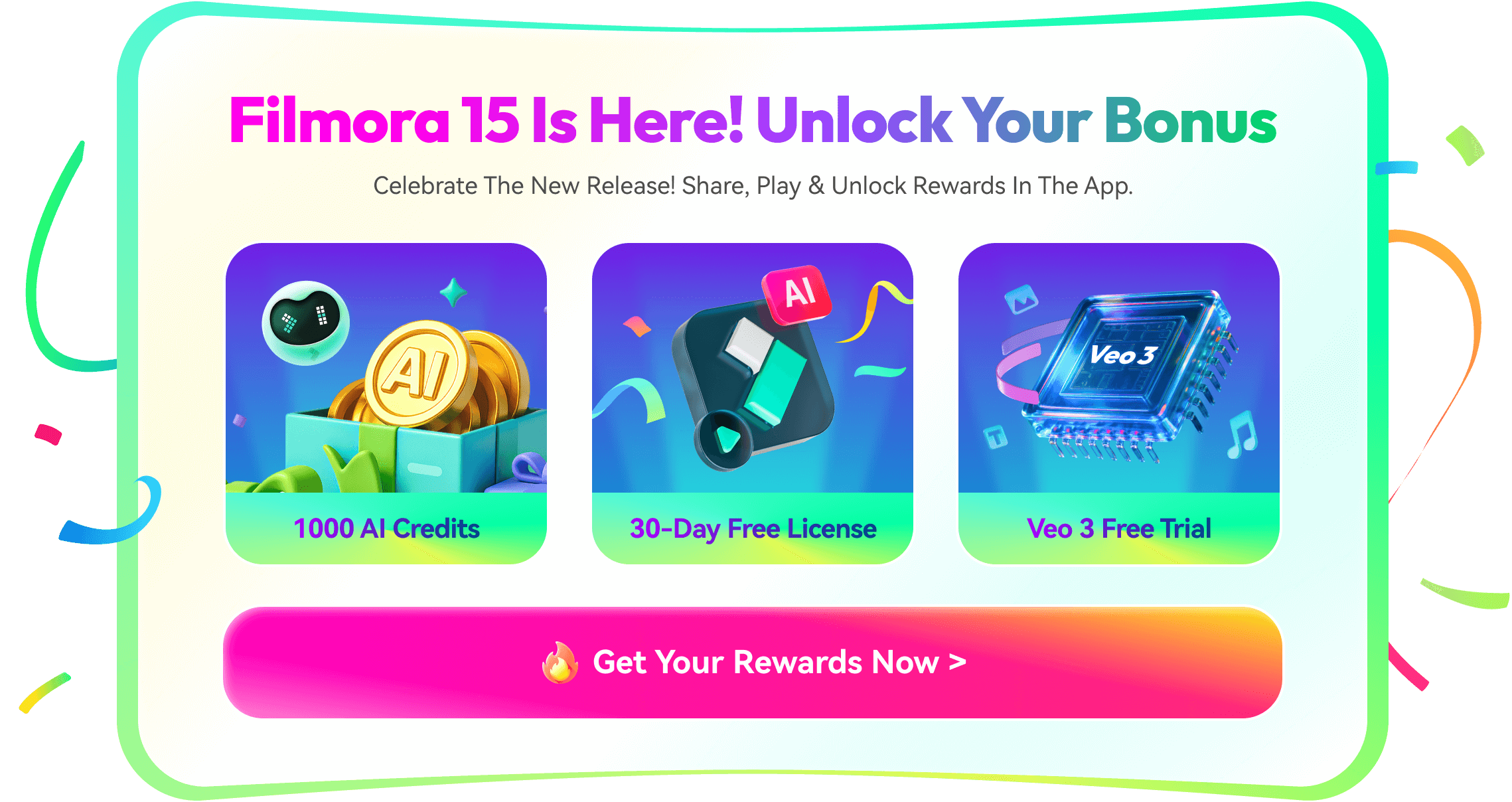With short-form videos dominantly on social media platforms, many brands are adjusting their strategies to match this shifting attention span. Content creators are also finding new opportunities through these formats, with YouTube Shorts vs Instagram Reels becoming major spaces for growth and audience engagement.
But between the two, which platform really gives creators and businesses the upper hand? The answer isn’t as simple as picking one over the other. YouTube Shorts and Instagram Reels are different in terms of audience reach, algorithm, monetization, and even editing features.
Knowing how each works can help you decide where to double down your energy. Let’s break it down in detail.
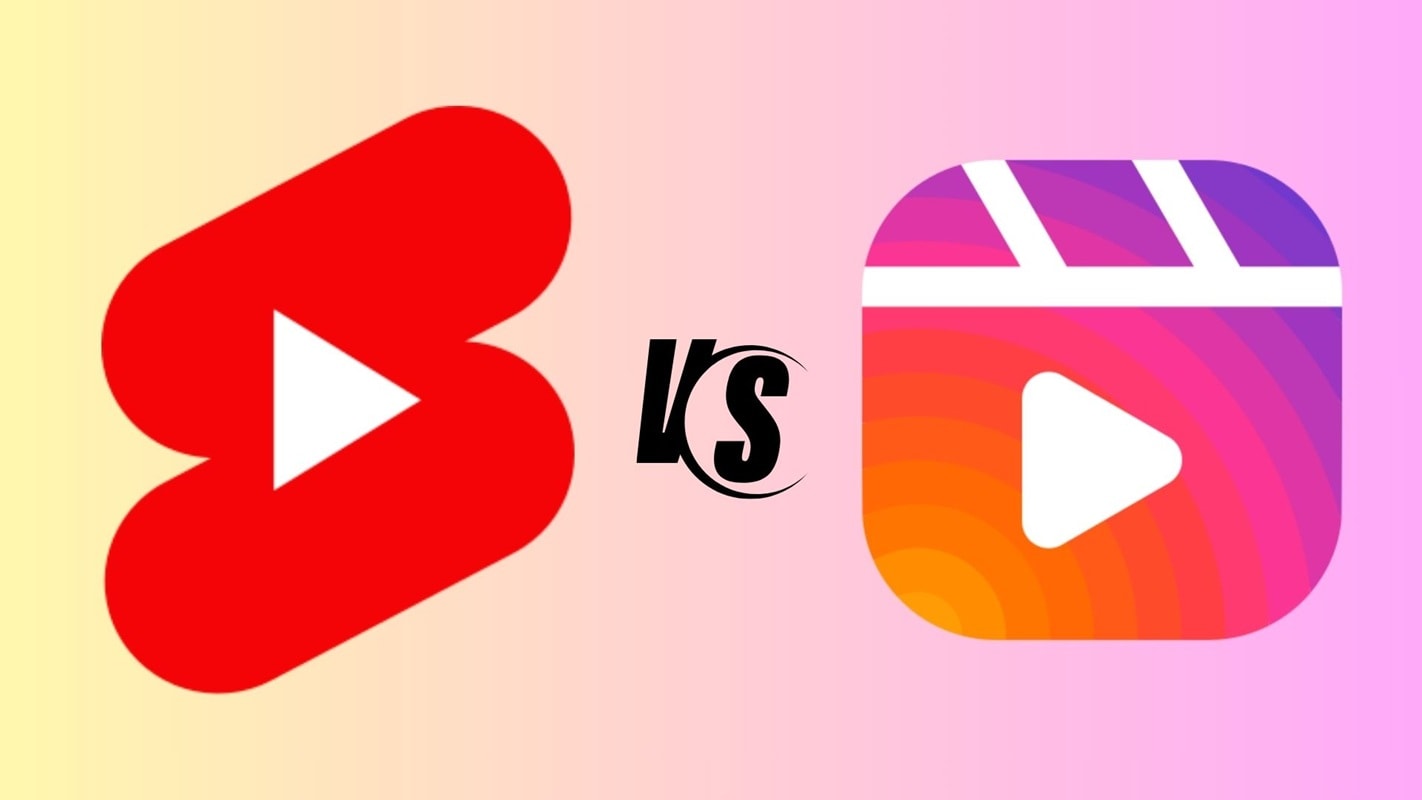
Key Statistics on Short-Form Video in 2025
Before we compare YouTube Shorts vs Instagram Reels further, let’s look at the bigger picture.
The latest insights from Wyzowl’s 2025 report show just how powerful and preferred this format has become for engagement and marketing impact. In fact, 95% of video marketers say video is now a key part of their overall strategy.
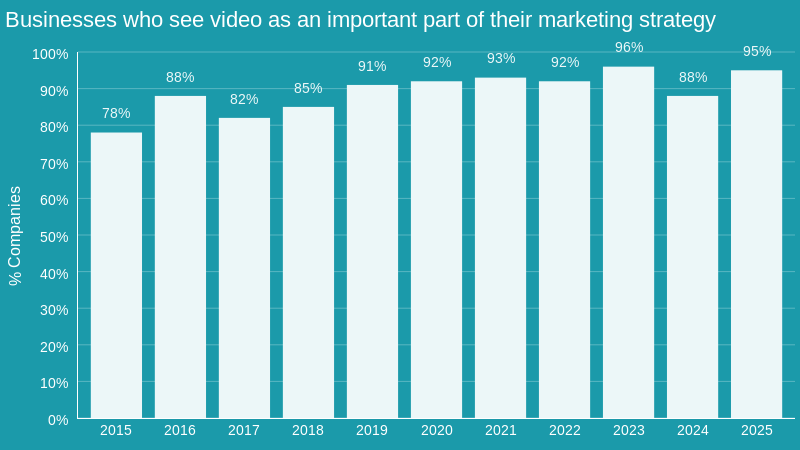
From the report, you can learn several points you can apply to your content:
- Most effective video length: 73% of video marketers consider videos between 30 seconds and 2 minutes as the most effective for marketing.
- User preferences in learning: 78% of consumers mentioned they prefer learning about a product or service by watching short videos.
- Video vs. other types of content: Only 9% prefer text-based articles, 5% prefer e-books/guides, and 3% prefer infographics when learning.
- ROI metrics: 66% of video marketers measure ROI through engagement (likes, shares, reposts). 62% use video views as a key metric.
- Impact of video on brand/user behavior: 99% of video marketers report that video improves user understanding of their products/services. 96% report that video helps increase brand awareness.
YouTube Shorts vs Instagram Reels: Quick Comparison Table
With the key statistics summarized, it's time to compare Shorts vs Reels side by side. You can take a look at this quick overview, so you can understand better where each platform stands before we discuss them in more detail later in this article.
| Feature / Factor | YouTube Shorts | Instagram Reels |
| Video Length & | Up to 180 seconds (3 minutes) | 3 – 180 seconds |
| Video Format | Best in vertical (9:16) format | Vertical (9:16), Horizontal (16:9) |
| Discoverability & Algorithm | Strong and lasting discovery; videos keep showing up in recommendations for months. | Highly influenced by trends; experiences significant increases during trend cycles, but fades faster. |
| Editing Tools & Effects | Basic settings, captions, and additional music. | A complete editing package with filters, stickers, AR effects, collabs, and trending music integration. |
| Audience & Engagement | Global and diverse audience; ideal for educational and evergreen content. | Younger audience (Gen Z, Millennials) who are active in lifestyle and viral trends. |
| Music & Sound Options | YouTube Music library with some licensing restrictions for monetization. | A large library of trending music and sounds, and easy-to-join viral challenges. |
| Content Longevity | Content can gain popularity weeks or months after it is posted. | Engagement peaks quickly during active trends. |
| Monetization | Integrated with the YouTube Partner Program, ad revenue share, Super Thanks, and memberships. | Limited monetization options; relies more on brand deals or Creator Rewards (where available). |
| Best For | Creators who focus on long-term channel growth and monetization. | Influencers, lifestyle content creators, and brands are seeking instant viral reach. |
What is YouTube Shorts?
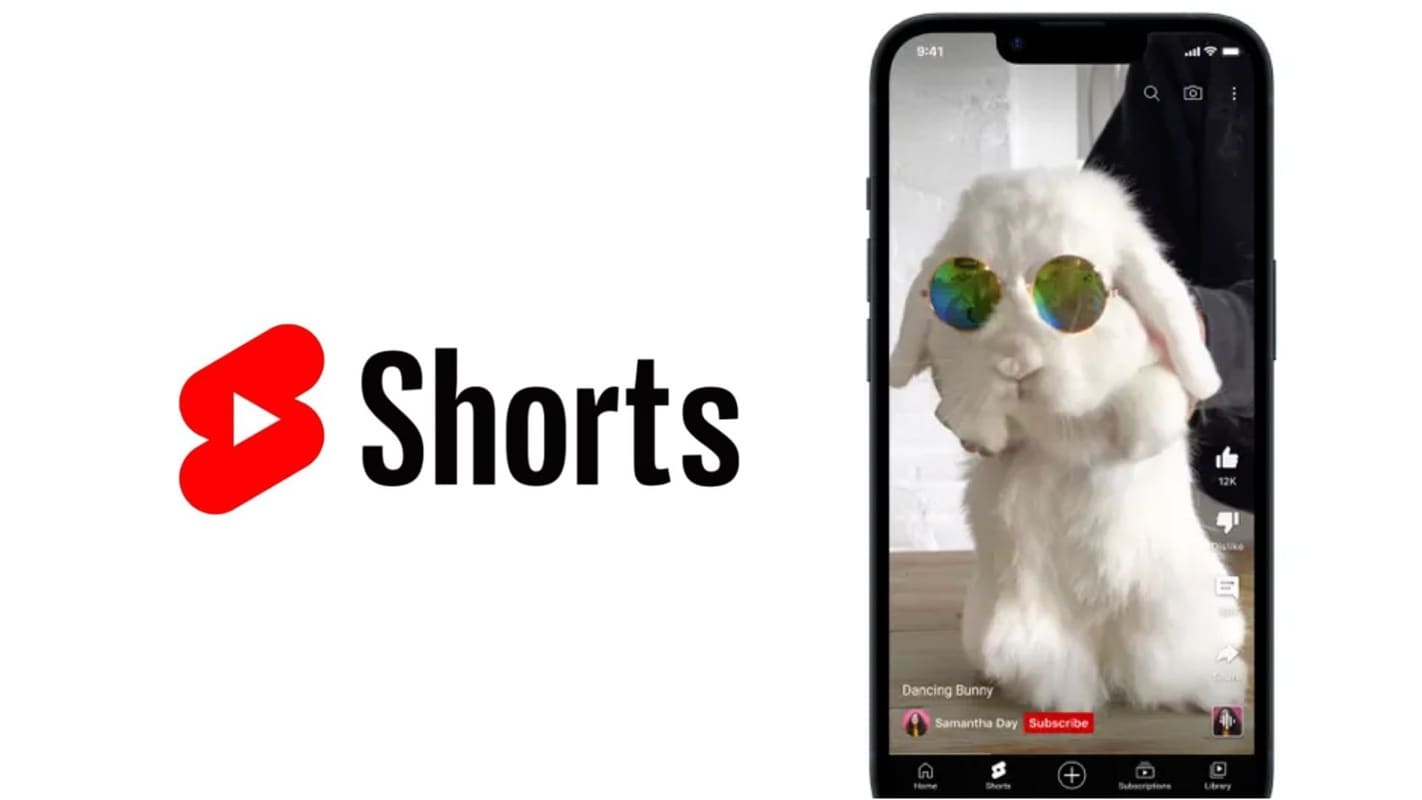
Trending short and vertical video content has led YouTube to launch a similar concept called YouTube Shorts. Launched globally in 2021, Shorts has become one of the rapidly growing features, and according to CEO Neal Mohan, it generates more than 200 billion daily views!
Creators love Shorts for several reasons:
- YouTube Shorts integrates seamlessly into the overall YouTube ecosystem. A Shorts video can introduce new viewers to longer-form content on the channel, increase subscriptions, and build a loyal audience.
- YouTube offers many ways to generate income, such as ad revenue sharing, Super Thanks, and memberships. Not to mention, if you get sponsored for your video content. You can get paid while expanding your channel's presence.
- Since Shorts live inside YouTube, they benefit from YouTube’s powerful search and discoverability. Your content can surface not only in the Shorts feed but also in search results, suggested videos, and even on Google.
What is Instagram Reels?
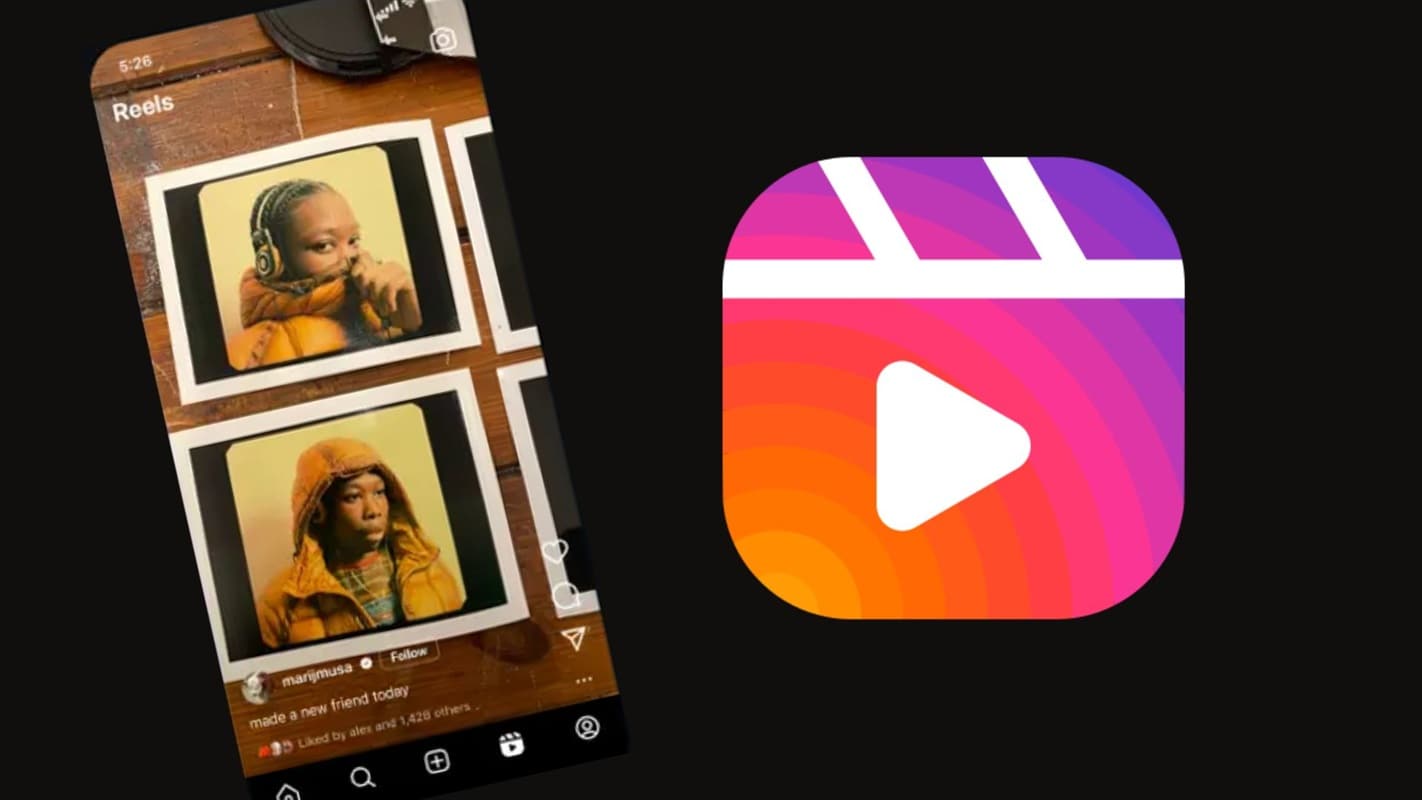
Instagram Reels was introduced in 2020 by Meta and has become one of the most popular platforms with this feature. Reels lets users create vertical videos up to 90 seconds long. With its integration with Instagram, Reels can appear on the main feed, Explore page, and even in Stories, which makes Reels highly visible to all Instagram users.
Many Instagram content creators choose Reels because:
- Instagram offers powerful editing tools, a culture of trends, and collaboration opportunities. Since it has been a content-sharing platform from the very beginning, the addition of Reels gives creators more ways to express themselves.
- Instagram Reels also has a lot of interesting features to try, like filters, stickers, AR effects, polls, and a huge library of trending songs or sounds, so you can easily join viral trends and connect with your audience.
- Reels get a visibility boost through Explore and Stories. This feature really helps your content to reach people beyond just your followers.
If your content focuses on lifestyle, fashion, or entertainment, Reels work especially well with it.
Feature-by-Feature Breakdown
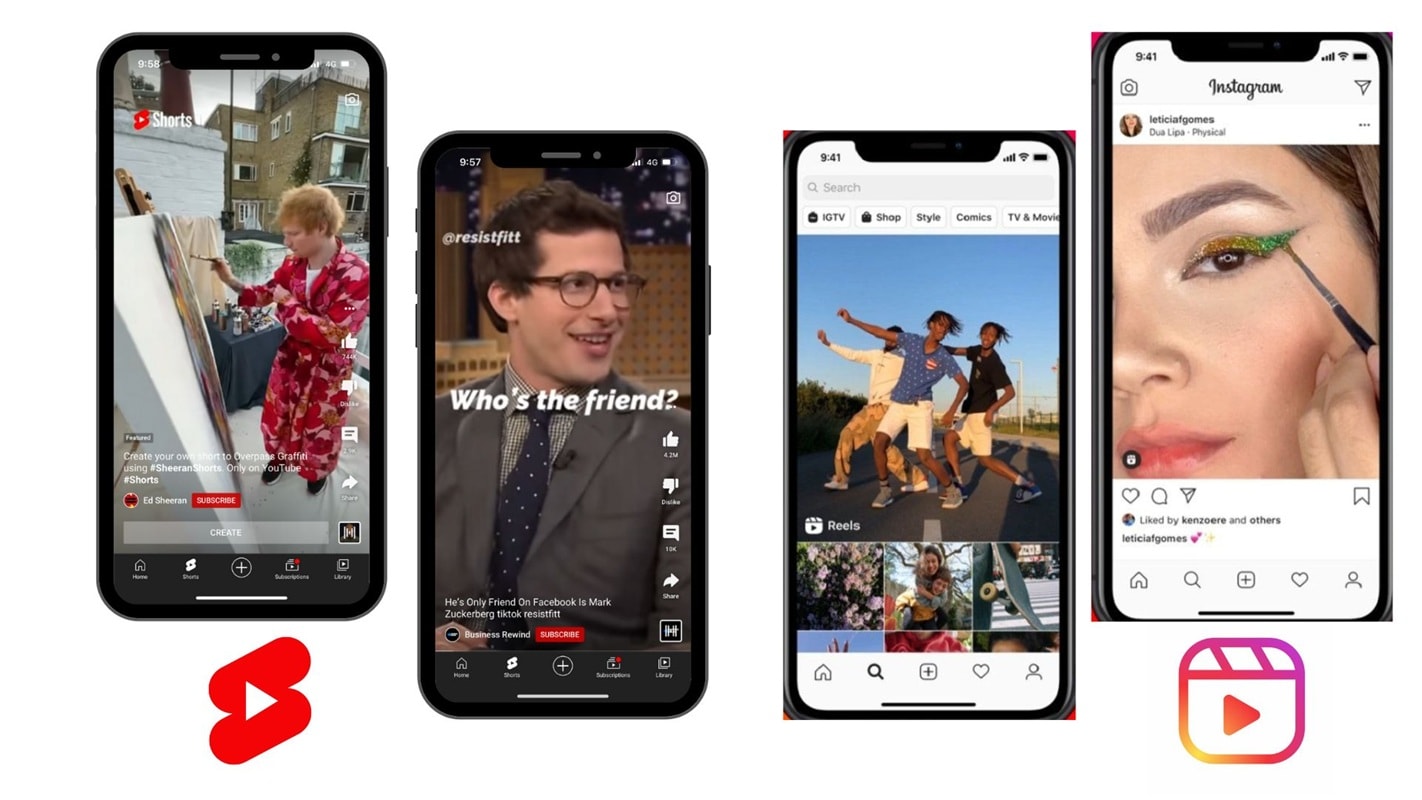
Earlier, we showed you YouTube Shorts vs. Instagram Shorts in a quick side-by-side comparison. This time, let’s get into more detail about how each platform stacks up feature by feature.
Video Length & Format
Both YouTube Shorts and Instagram Reels now let users post videos up to 180 seconds, a jump from their earlier limits of 60 and 90 seconds. But when it comes to performance, Shorts and Reels don’t measure success the same way.
YouTube values total watch time over completion rate. A 1-minute Short with 30 seconds watched will be promoted more than a 14-second clip watched almost in full, since it adds more seconds of viewing. Instagram Reels, however, focus more on watch percentage and completion, though other engagement signals matter too.
Impact:
- Shorts push concise storytelling and quick hooks.
- Reels’ extra time is great for tutorials, lifestyle content, or narrative clips.
Takeaway: Reels offers more room for creativity. Shorts are better suited for short, dynamic videos or directing viewers to your longer content.
Editing Tools & Effects
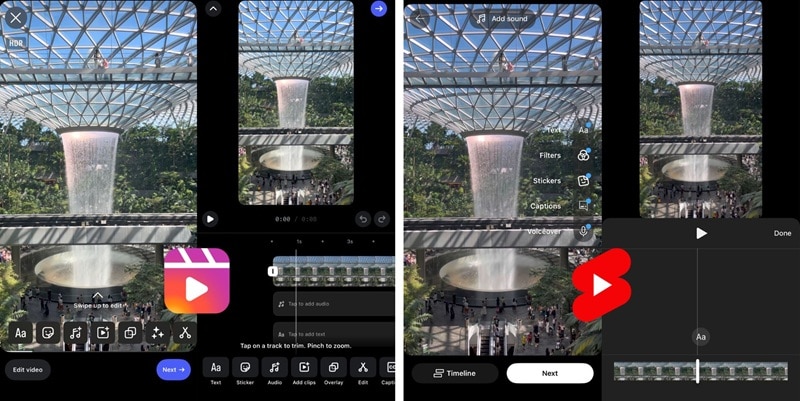
With the convenience of today’s mobile platforms, both YouTube Shorts and Instagram Reels have built-in editing features that let you create videos without having to use third-party apps. However, Reels has more editing tools than YouTube Shorts.
- Reels: A built-in editor packed with features like filters, AR effects, stickers, text timing settings, templates, and trending audio integration.
- Shorts: A simple editor with basic trimming, speed settings, and captions.
Takeaway: Reels is suitable if you only want quick editing within the app. Shorts is ideal for videos for brands and professionals who prefer to edit their videos externally before uploading.
Audience & Engagement
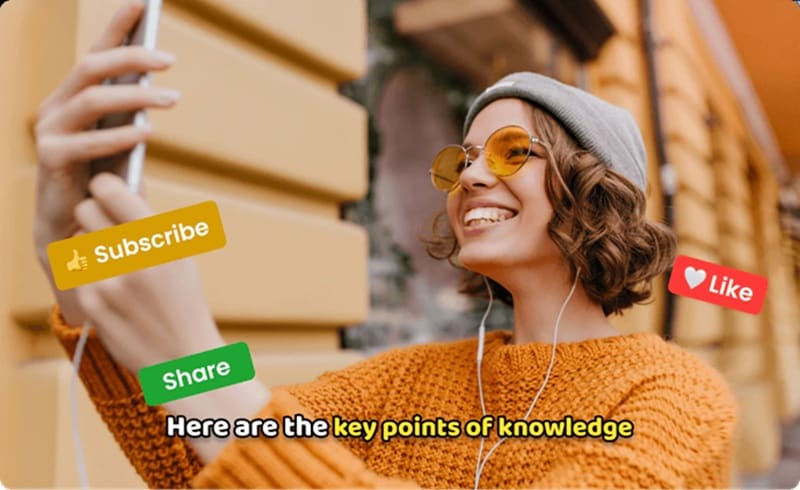
Your audience is just as important as your content. Between Shorts vs. Reels, the audience base and interaction style also differ.
YouTube Shorts:
- A global and diverse audience of all ages.
- Great for channel growth; viewers often transition to long-form content.
Instagram Reels:
- More popular with younger audiences focused on lifestyle.
- High engagement on trends, memes, and challenges.
Takeaway: Choose Shorts for building a lasting community. Choose Reels to tap into trending culture and spark quick engagement.
Music & Sound Options
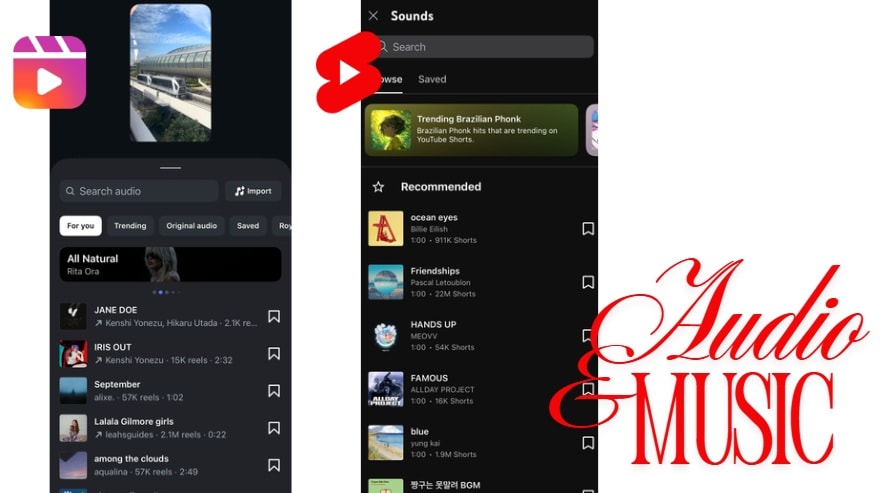
You can make your video go viral by choosing the right song. This section discusses how both platforms manage their music libraries, trending audio, and copyright concerns.
Reels:
- Seamless access to trending sounds.
- Reels makes it easy to jump on viral challenges.
Shorts:
- Large music library, but stricter on copyright.
- Risk of monetization issues with some commercial tracks.
Takeaway: Use Reels for trending audio content. Use Shorts with safe, licensed music to protect monetization.
Monetization on YouTube Shorts vs IG Reels
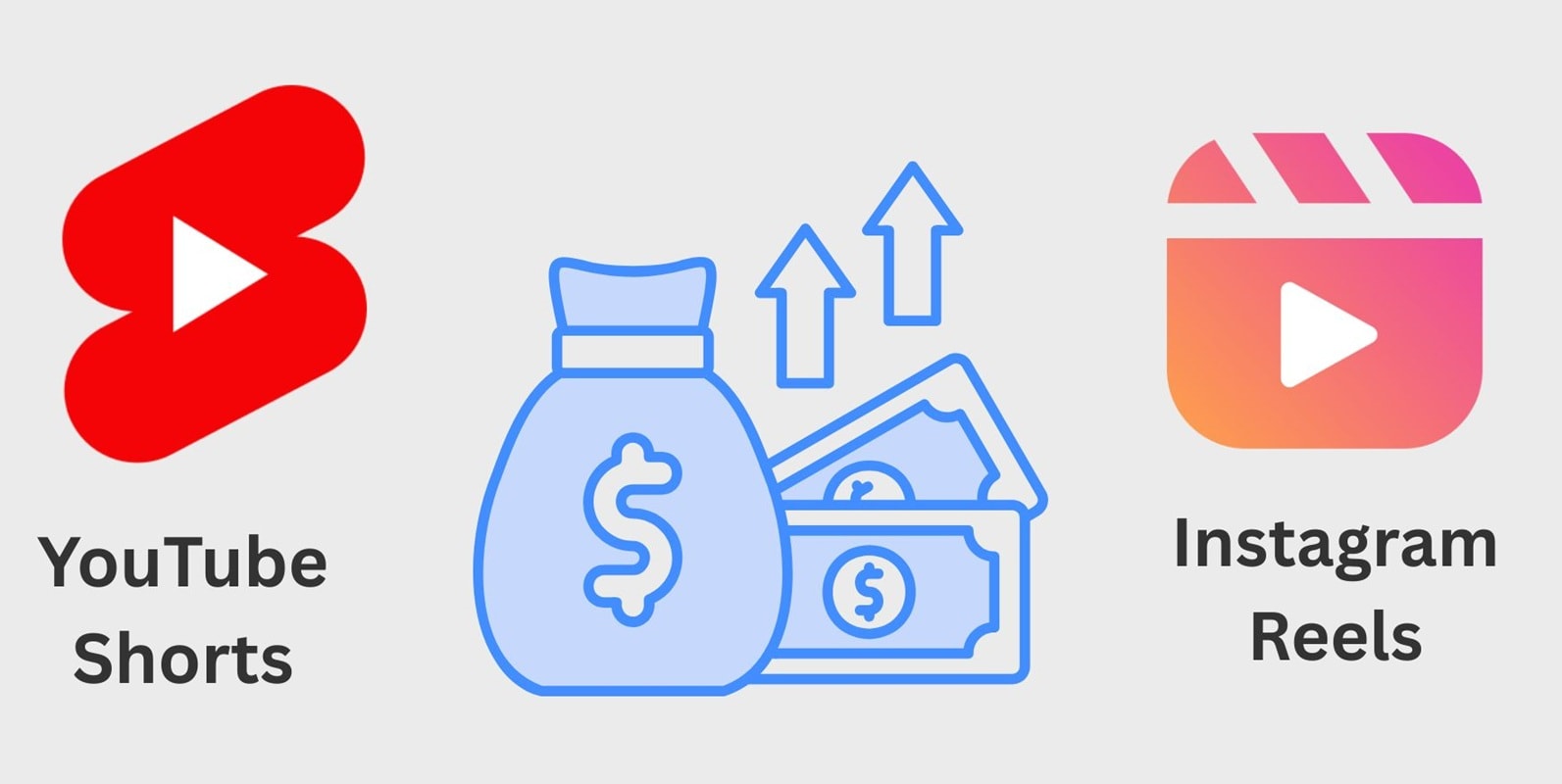
A big reason creators weigh Shorts vs. Reels is the chance to earn. Both platforms let you make money, but they do it in different ways. Let’s break down how each one pays and what that means for you.
YouTube Shorts:
- YouTube uses a revenue-sharing model from ads played between Shorts videos.
- Eligible creators earn a percentage based on views and engagement.
- YouTube also supports Super Thanks, channel memberships, and product tagging, so Shorts is a strong option for building a sustainable income.
Instagram Reels:
- Reels mostly depend on brand deals, collaborations, and partnerships with influencers rather than direct ad revenue.
- Meta previously had a Reels Play Bonus program, but it has been discontinued in many regions.
- Creators often generate indirect revenue by driving traffic to sponsored posts, affiliate links, or their personal products.
- In 2025, Meta introduced new direct cash incentives, like the Breakthrough Bonus, seasonal rewards, and high-value contracts for top creators.
Performance & Best Use Cases of Each Platform
Now that we’ve compared Shorts vs. Reels, what’s left is figuring out when to use each one. Both platforms have their own sweet spots. And while it’s okay to post on both, focusing your strategy around what each does best will make your workflow more efficient and your results stronger.
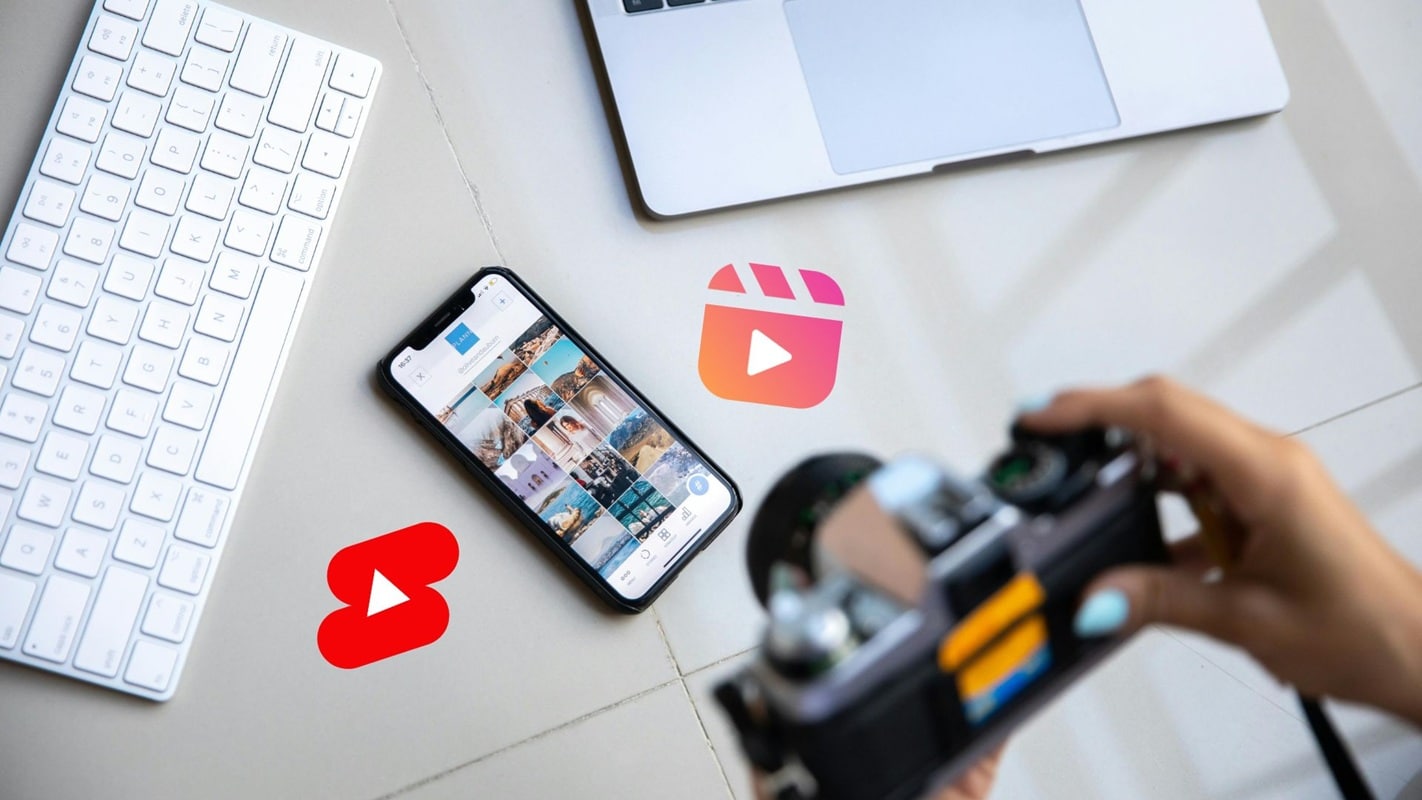
When Each Format Works Best
YouTube Shorts:
- Shorts is ideal for educators, explanatory content, and brands that want evergreen, discoverable content.
- Creators will find Shorts is useful for driving traffic to longer YouTube videos.
- Shorts work well for tutorials, tips, product reviews, and story series.
Instagram Reels:
- Reels is ideal for creators who want to follow trends, use challenges, and connect with younger audiences.
- If your content focuses on fashion, lifestyle, food, or behind-the-scenes, Reels will be a great fit for that type of content.
- Works well for influencers collaborating with brands and leveraging trending sounds.
Discoverability & Algorithm
- Shorts: Frequently recommended months after being uploaded. YouTube's algorithm continues to promote quality content to new viewers even months after it is released.
- Reels: Gain quick engagement through trends and boosts from the Explore page, but usually fade away once the trend cycle ends.
Content Longevity
- Shorts: Can continue to get views and engagements for weeks or even months, which helps build a stable subscriber base.
- Reels: Reach peak popularity quickly in the first few days, then engagement decreases as viewers move on to the next trend.
YouTube Shorts vs Instagram Reels: Pros and Cons
After reviewing the comparison between YouTube Shorts and Instagram Reels, including the features offered by each platform, their performance, and monetization, here are some pros and cons that can add to your consideration in choosing which platform is right for you.
YouTube Shorts
Instagram Reels
Verdict: Which One Should You Choose?
- Businesses and Educators: Evergreen content, tutorials, and gradually building authority will work well with YouTube Shorts.
- Influencers and Lifestyle Content Creators: Content that remains relevant, follows trends, and connects with a younger audience is ideal for Instagram Reels.
- Best Strategy: Use both if possible, as they can capture different goals. Reels can grab attention quickly, while Shorts keep your content discoverable and continue to drive views in the long term.
Filmora as an Alternative Tool for Creating Shorts and Reels
When comparing Shorts vs Reels, many creators realize that editing directly within the app feels limiting. That's why creators often use third-party editors to follow the "create once, post anywhere" workflow, which allows them to repurpose content for various platforms with minimal extra effort.
However, choosing the right video editor for different types of video content can be tricky. Wondershare Filmora is one of the top tools for creating Shorts or Reels that combine ease of use with advanced editing tools suitable for creators.
Why Filmora is a Smart Choice?
Filmora is one of the easiest tools to make high-quality content for both Shorts and Reels. Here’s why:
- Easy Resizing: Quickly turn one video into the right format for Shorts, Reels, TikTok, and more.
- AI-Powered Tools: Leverage various Filmora AI tools, such as generating auto-captions, adding AI stickers, and background music discovery without manual editing.
- Time-Saving Templates: Use trending effects and animations to keep your videos fresh and professional.
- Cross-Platform Publishing: Export videos optimized for multiple platforms to ensure consistent quality and branding.
Shorts vs Reels can be maximized with good editing. Filmora delivers a practical way to create polished videos that are ready to upload to platforms, and maximizes reach without requiring creators to spend more time editing.
Conclusion
The competition between Shorts vs Reels is indeed a tough one, but it all depends on your goals. As we've discussed, YouTube Shorts are ideal if you want to gain long-term visibility, build a loyal audience, and generate revenue through ads. Instagram Reels are most effective for following trends, reaching a young audience, and boosting quick engagement.
Still, the best approach is to use both strategically. You can create content relevant to trends for Reels and repurpose it for Shorts to reach a wider audience. Tools like Filmora make this easier with features such as resizing, AI-powered automatic text, and templates, so creators can produce polished content and publish it anywhere with less effort.
FAQs
-
Which is better for making money, YouTube Shorts or Instagram Reels?
YouTube Shorts' ad revenue sharing makes it better for direct revenues. Instagram Reels mostly relies on brand deals and sponsorships. -
Do YouTube Shorts or Instagram Reels get more views?
Reels often get quick views if you join trends early. Shorts can keep getting views for weeks or months because of YouTube’s recommendation system. -
Can I edit one video and post it to both platforms?
Yes. You can make one video and post it everywhere. Tools like Filmora make it easy to resize and add captions for both Shorts and Reels.

